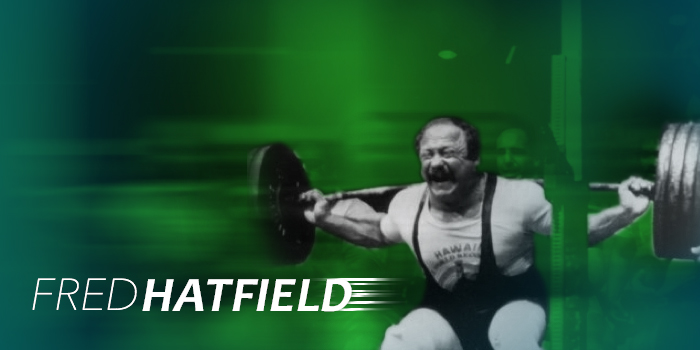
When Fred Hatfield completed his now-famous 1,014-pound squat at Gus Rethwisch's 1987 Hawaii World Record Breaker's Meet—the largest competition squat ever accomplished at the time—he hardly even noticed the weight. Through a very scientific approach to training and lifting, along with a prayer-centered approach to clearing his mind and shutting down his senses, Hatfield was able to complete the squat without faltering.
“That’s the only way I could have possibly ever done it,” Hatfield said. “I didn’t feel the weight even when it was basically crushing me, didn’t feel the sweat running down my face and into my eyes, didn’t have chalk dust going into my nose. I was just going down and coming back up.”
RECENT: York Barbell Hall of Famer Rickey Dale Crain
Hatfield was able to hone his pre-lifting ritual of mind clearing prayer over years of athletic achievement and studying the Bible. But he took a much more scientific approach when it came to the training leading up to that meet.
In fact, Hatfield has written more than 120 books and booklets on physiology, psychology, nutrition and sports training. So when he decided that he wanted to squat over 1,000 pounds, he did some statistical computations to figure out exactly how he would be able to get there. Through some careful planning and calculation, Hatfield determined that he would need to get his weight up to 255 pounds and maintain the same level of lean mass that he had when competing at lower weight classes in order to successfully make the lift.
He kept a careful training schedule and diet plan leading up to that lift. And it turned out that his estimation was exactly correct — when he eventually completed the 1,014-pound squat at age 45, he weighed exactly 255 pounds.
“People sometimes ask me how come I was 45 when I did it. I tell them it took me that long to learn how,” said Hatfield with a wink. “If I knew at 35 what I finally learned by age 45, I would have done it then.”
But that’s not all that went into Hatfield’s powerlifting and overall athletic success over the years. In fact, Hatfield first started lifting weights when he was just 12 or 13 years old. He also participated in a number of other sports, including gymnastics, Olympic weightlifting, bodybuilding and more.
“I was a jock,” said Hatfield, describing his adolescence. Throughout high school, he competed in track and field, soccer, basketball and cross-country, and was even honored at graduation as "best athlete."
Hatfield, who grew up in a Connecticut orphanage, joined the Marines after his high school years and a brief semester at Springfield College. After completing his service, he realized his dream of competing in gymnastics at Southern Connecticut State University. Though Hatfield says he was never able to compete at a high enough level to make it to the Olympics, he was able to compete at a national level and even win some national championships.
After he had completed his journey with gymnastics, Hatfield wanted to continue competing in different sports. That’s initially why he decided to keep pursuing additional college degrees, in addition to enjoying the learning process. For these reasons he continued his academic pursuits with a master’s degree and eventually a doctorate. He even traveled to the Soviet Union in the 1980’s as part of an athletic troupe to learn about plyometrics and periodization and how those concepts could impact athletic training.
Throughout those years, Hatfield dabbled in bodybuilding and competed in Olympic weightlifting, even trying out for the 1972 Olympic team. But he missed the snatch lift he needed to qualify, and that’s when he decided to switch over to powerlifting.
“I jumped into powerlifting and inside a few years’ time I was breaking world records,” he said. “I felt like I finally found my home.”
His training wasn’t exactly common during those days. He employed a fairly academic approach that he learned through his schooling and time in the Soviet Union. He also didn’t usually train with other powerlifters. He mainly worked with other types of athletes including football players, track stars, and even entertainment wrestlers like Vince McMahon’s WWE stars.
Overall, Hatfield saw powerlifting and athletics in general as a fun part of life. Whether he was competing or studying, he always made sure to enjoy the process.
“I never competed a day in my life. I felt that it was my job to lift as much as I possibly could and bury the record as far as I possibly could. I didn’t ever have anyone in mind that I had to beat that day. And furthermore, the notion of beating somebody seemed onerous to me. I didn’t want to beat anyone. I just wanted to go as far as I could go.”
While Hatfield enjoyed a successful career in powerlifting, his 1,014-pound squat represented the culmination of all his hard work. And after he completed that goal and started to feel some nagging injuries, he decided to leave the sport on his own terms.
“I never really had any goals except for squatting the 1,000 pounds,” he said. “There’s a fine line between passion and obsession, and I’m not an obsessive person. So once I got as far as I thought I could go without getting a lot heavier, which I didn’t want to do because I was eating about 10,000 calories a day, I took advantage of my success and I quit.”
Since then, Hatfield has moved to several different states, ran a successful business, written several books, and even beaten cancer. He is co-founder and president of The International Sports Sciences Association (an organization specializing in certifying personal fitness trainers worldwide) and has been a coach and training consultant for several world-ranked and professional athletes, sports governing bodies, and professional teams worldwide. Eight-time Mr. Olympia Lee Haney and four-time world heavyweight boxing champion Evander Holyfield are among the people he has trained.
Hatfield's career also includes assistant professorship at the University of Wisconsin (Madison) and Senior Vice President and Director of Research and Development for Weider Health and Fitness, Incorporated. But in contrast to all of his professional accomplishments, Hatfield still fondly remembers his time in powerlifting and strength sports.
Career Best Lifts
Squat: 1014 pounds
Bench: 523 pounds
Deadlift: 766 pounds
Total: 2303
Snatch: 275 pounds
Clean and Jerk: 369 pounds
Olympic Lift Total: 645 pounds
Images courtesy of Fred Hatfield









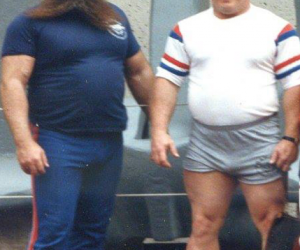
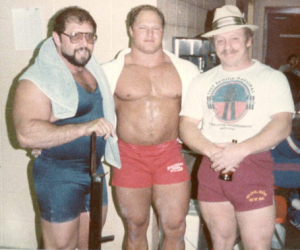
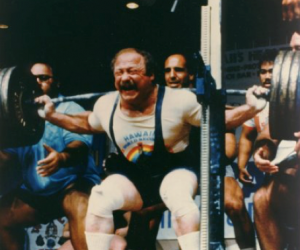
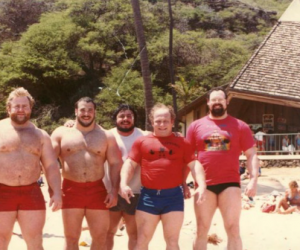
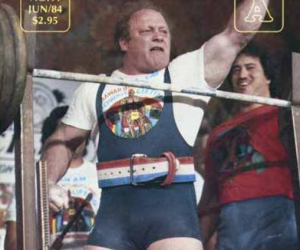
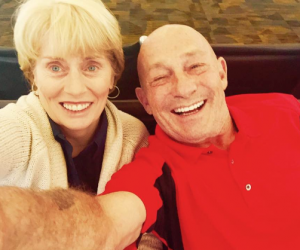

2 Comments